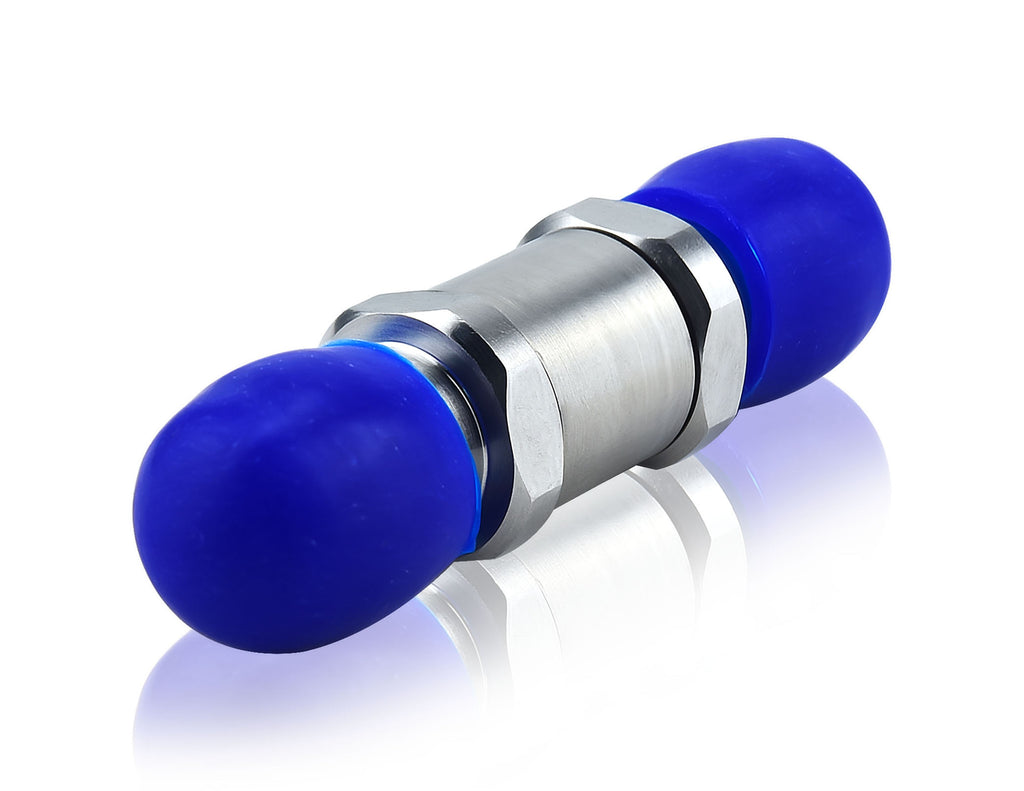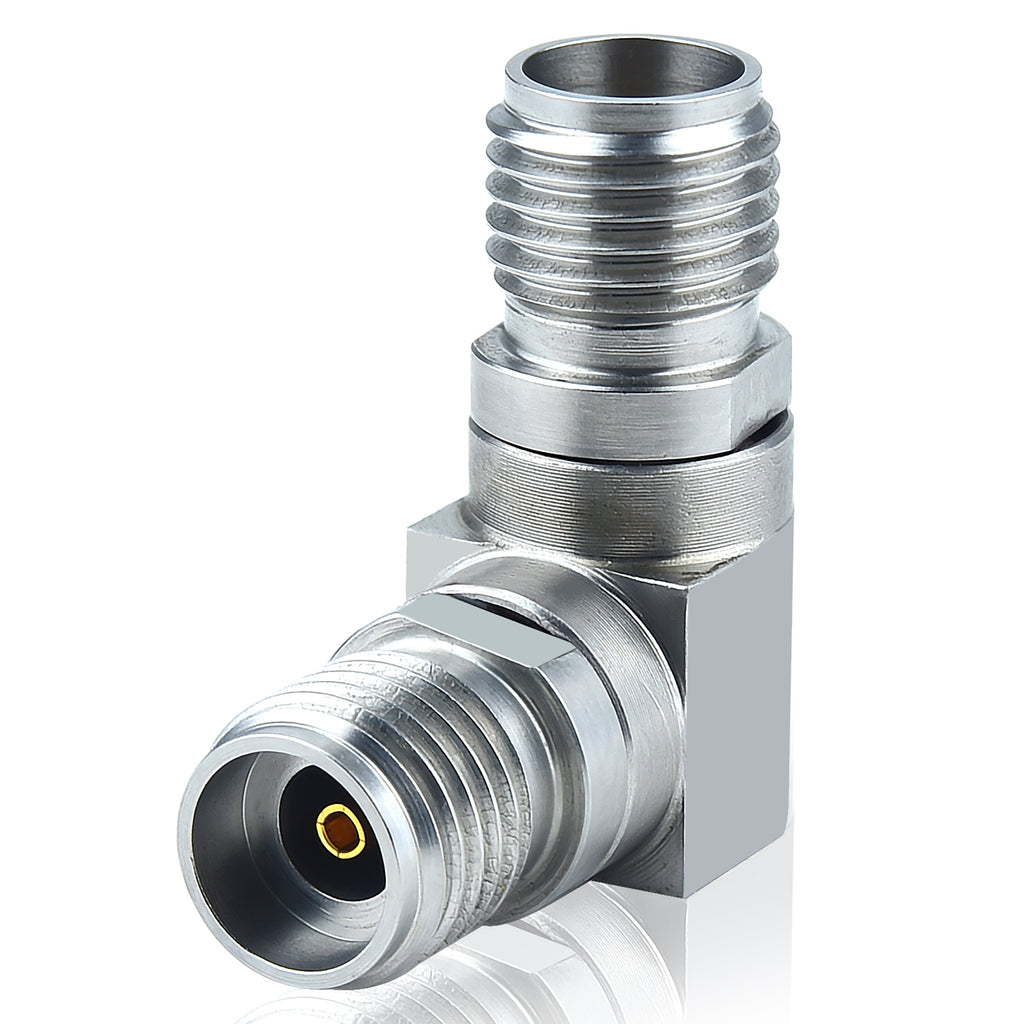Unleashing the Power of Millimeter-Wave Connectors: Redefining High-Speed Communication
Posted by LiYu on

Introduction
In an era characterized by rapid technological advancement, our insatiable thirst for data and high-speed communication has spurred the development of cutting-edge technologies. One such innovation that has taken center stage is the millimeter-wave connector. With the capacity to revolutionize communication systems, this connector is enabling faster, more reliable, and higher-capacity data transmission than ever before. In this blog post, we will delve into the intricacies of millimeter-wave connectors, exploring their significance, applications, design considerations, and future prospects.
Understanding Millimeter-Wave Connectors
Millimeter-wave connectors are a specialized type of interconnect designed to operate at frequencies ranging from 30 to 300 gigahertz (GHz). These frequencies fall within the millimeter-wave spectrum, which offers significant advantages in terms of data transmission rates and bandwidth. Traditional connectors used in communication systems, such as coaxial connectors, are ill-suited for these high-frequency ranges due to signal loss and attenuation issues. Millimeter-wave connectors, however, are designed to minimize these drawbacks and optimize high-frequency performance.

Importance and Applications
5G Communication: Perhaps the most significant application of millimeter-wave connectors is in 5G communication systems. As the world embraces the fifth generation of wireless technology, the demand for faster data speeds and reduced latency has skyrocketed. Millimeter-wave connectors play a crucial role in enabling the high-frequency communication required for the massive data transfer capacities of 5G networks.
Wireless Backhaul: Millimeter-wave connectors also find extensive use in wireless backhaul systems. These systems facilitate the connection between cell towers and the central network, ensuring efficient data transfer over short distances. The high-frequency capabilities of millimeter-wave connectors make them ideal for this purpose, as they allow for quick and reliable data transmission.
Satellite Communication: Satellite communication systems rely on millimeter-wave connectors to establish links between satellites and ground stations. The ability to transmit data at these high frequencies is essential for ensuring seamless communication between Earth and orbiting satellites, enabling various applications such as weather forecasting, navigation, and remote sensing.
Automotive Radar: In the automotive industry, millimeter-wave connectors power radar systems used for advanced driver assistance systems (ADAS) and autonomous driving. These connectors enable precise and real-time communication between sensors, enhancing vehicle safety by detecting obstacles and enabling adaptive cruise control.
Medical Imaging: Medical applications also benefit from millimeter-wave technology. Connectors operating in the millimeter-wave spectrum enable high-resolution medical imaging, such as mammography and non-invasive imaging techniques. These connectors contribute to accurate diagnosis and treatment planning.

Design Considerations
Designing millimeter-wave connectors comes with a unique set of challenges due to the high frequencies involved. Some key considerations include:
Signal Loss and Attenuation: As frequency increases, signal loss and attenuation become more pronounced. Designers must use materials and techniques that minimize these effects to ensure reliable communication.
Connector Size and Geometry: The size and geometry of millimeter-wave connectors must be precisely engineered to maintain signal integrity and minimize interference. Small deviations can have a significant impact on performance.
Material Selection: Choosing the right materials is crucial. High-quality dielectric materials with low loss tangents are essential for maintaining signal quality.
Connector Types: Different connector types are available, each with its own advantages and disadvantages. Common millimeter-wave connector types include waveguide connectors, coaxial connectors, and microstrip connectors.
Environmental Factors: Millimeter-wave connectors may be exposed to various environmental conditions, such as temperature fluctuations and moisture. Designers must account for these factors to ensure the connectors' long-term reliability.
Future Prospects
The future of millimeter-wave connectors is incredibly promising, with ongoing research and development driving continuous innovation. Some anticipated developments include:
Higher Frequencies: As technology evolves, connectors capable of operating at even higher frequencies are likely to emerge. This will open up new opportunities for ultra-high-speed communication and data transfer.
Integration with Emerging Technologies: Millimeter-wave connectors will play a vital role in the integration of technologies like the Internet of Things (IoT), edge computing, and beyond. These connectors will enable the seamless exchange of data between devices, contributing to the growth of interconnected ecosystems.
Advanced Materials: Continued advancements in material science will lead to the development of novel materials that further enhance the performance of millimeter-wave connectors. These materials will minimize signal loss and interference, pushing the limits of high-frequency communication.
Application Diversification: The scope of millimeter-wave connector applications will continue to expand. Industries such as aerospace, defense, and entertainment will harness the power of these connectors to create innovative solutions.
Conclusion
In the ever-evolving landscape of communication and technology, millimeter-wave connectors stand as a testament to human ingenuity and determination to push boundaries. From powering 5G networks to enabling satellite communication, these connectors have ushered in an era of unprecedented speed, reliability, and capacity. As research and development continue to shape the future, millimeter-wave connectors are poised to redefine the possibilities of high-speed communication, revolutionizing industries and transforming the way we connect with the world.
Share this post
- 0 comments
- Tags: 30GHz millimeter-wave connectors, connector, High-frequency millimeter-wave connectors, Millimeter-wave RF connectors, Millimeter Wave, RF coaxial test adapters, SSMP to SMA 2.92mm precision RF adapters, Stainless steel 18 GHz test probes
